fake alabama drivers license
Outline
- Introduction
- Overview of the Issue
- Importance of Understanding Fake Alabama Driver's Licenses
- What is a Fake Alabama Driver's License?
- Definition and Characteristics
- Common Features of Fake Licenses
- Why People Obtain Fake Alabama Driver's Licenses
- Underage Individuals
- Avoiding Legal Penalties
- Identity Theft and Fraud
- How Fake Alabama Driver's Licenses are Made
- Materials and Tools Used
- Technological Advancements in Counterfeiting
- Common Sources of Fake Licenses
- Legal Consequences of Using a Fake Alabama Driver's License
- State Laws and Penalties
- Impact on Criminal Record
- Fines and Jail Time
- The Risks Associated with Fake Alabama Driver's Licenses
- Legal Risks
- Financial Risks
- Social and Ethical Implications
- How to Spot a Fake Alabama Driver's License
- Visual Inspection Tips
- Technological Tools for Detection
- Common Red Flags
- The Role of Law Enforcement in Combatting Fake Driver's Licenses
- Strategies Used by Police
- Collaboration with Other Agencies
- Public Awareness Campaigns
- Impact on Society
- Effects on Public Safety
- Economic Impact
- Erosion of Trust in Legal Documents
Measures to Prevent the Spread of Fake Alabama Driver's Licenses
- Technological Solutions
- Government Initiatives
- Public Education and Awareness
The Role of Technology in Detecting Fake Licenses
- Use of AI and Machine Learning
- Digital Verification Tools
- Future Innovations
What To Do If You Suspect Someone Has a Fake License
- Steps to Take
- Reporting to Authorities
- Legal Protection for Whistleblowers
Real-life Cases Involving Fake Alabama Driver's Licenses
- High-Profile Cases
- Consequences Faced by Offenders
- Lessons Learned
The Future of Driver's License Security
- Advances in Secure Document Design
- The Role of Blockchain in Verification
- The Push Towards Digital IDs
Conclusion
- Summary of Key Points
- Final Thoughts on Combating Fake Licenses
Fake Alabama Driver's License: A Growing Concern
Introduction
Imagine you're driving through Alabama, minding your business, when suddenly you're pulled over. You hand over your driver's license, confident everything is in order. But what if it wasn't? What if, instead of a legitimate document, you were holding a fake Alabama driver's license? This scenario might seem far-fetched, but the reality is that fake driver's licenses are a growing issue in Alabama and across the United States.
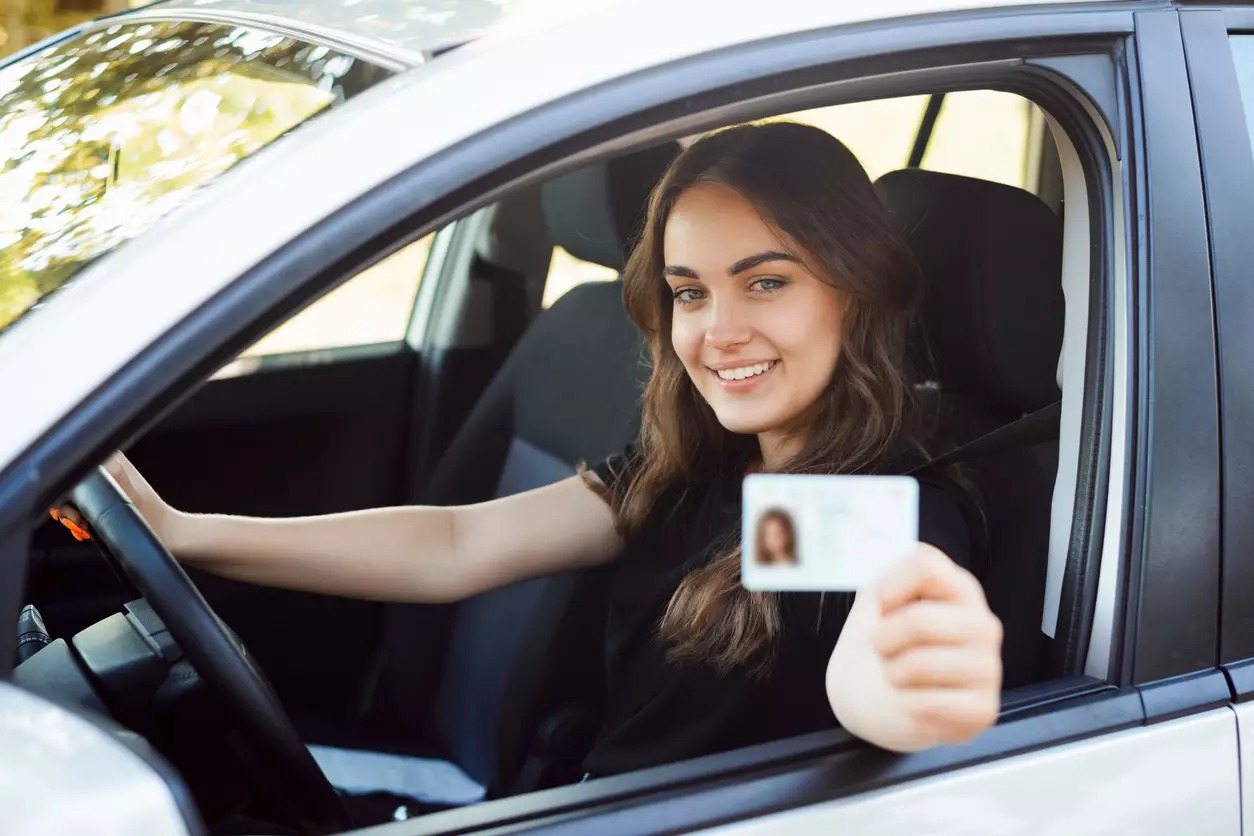
Understanding the implications of possessing or using a fake Alabama driver's license is crucial. It's not just about breaking the law; it's about the broader consequences that can ripple through your life and society. In this article, we'll dive deep into what a fake Alabama driver's license is, why people obtain them, how they're made, and the significant risks involved.
What is a Fake Alabama Driver's License?
A fake Alabama driver's license is, quite simply, a counterfeit version of the official state-issued identification document. These fake licenses are designed to look as authentic as possible, often mimicking the design, fonts, and holograms of a real Alabama driver's license. However, despite their convincing appearance, fake licenses usually lack the intricate security features embedded in legitimate IDs.
Common Features of Fake Licenses
Fake Alabama driver's licenses can vary in quality. Some are poorly made and easily identifiable, while others are sophisticated enough to deceive untrained eyes. Common features of fake licenses include incorrect fonts, misspellings, wrong dates of birth, and incorrect addresses. In some cases, the holographic images on the license may be blurry or misplaced, and the microprinting, a tiny text that’s difficult to replicate, may be missing or poorly executed.
Why People Obtain Fake Alabama Driver's Licenses
So, why would someone go to the trouble of obtaining a fake Alabama driver's license? The reasons are varied, but they typically fall into a few key categories:
Underage Individuals
One of the most common reasons people seek out fake driver's licenses is to bypass age restrictions, particularly for purchasing alcohol or gaining entry into bars and clubs. Underage teens and young adults often see a fake ID as a ticket to adulthood, ignoring the legal ramifications.
Avoiding Legal Penalties
Another group that might resort to fake licenses includes those trying to dodge legal consequences, such as individuals with suspended licenses. A fake ID can offer a temporary reprieve from legal troubles, though it often leads to even more severe penalties if caught.
Identity Theft and Fraud
Fake driver's licenses are also a tool in the arsenal of identity thieves and fraudsters. These criminals use counterfeit IDs to assume other identities, open bank accounts, commit financial fraud, or even evade law enforcement.
How Fake Alabama Driver's Licenses are Made
The process of creating a fake Alabama driver's license has become increasingly sophisticated, thanks to advances in technology. Counterfeiters use high-quality printers, laminators, and holographic overlays to create licenses that closely resemble the real thing.
Materials and Tools Used
Modern fake IDs are often made with PVC (polyvinyl chloride) cards, similar to those used for genuine licenses. Counterfeiters use specialized printers to replicate the license design, adding security features like holograms, barcodes, and even magnetic stripes.
Technological Advancements in Counterfeiting
The internet has made it easier for counterfeiters to access the tools and materials needed to create fake IDs. Websites on the dark web sell everything from templates to holographic overlays, making it possible for almost anyone with a bit of technical know-how to produce a convincing fake license.
Common Sources of Fake Licenses
Fake licenses are often obtained through online marketplaces, where counterfeiters offer their services to anyone willing to pay. Some people also acquire fake licenses through word-of-mouth or underground networks.
Legal Consequences of Using a Fake Alabama Driver's License
Using a fake Alabama driver's license is no small matter. The legal consequences can be severe, ranging from hefty fines to potential jail time.
State Laws and Penalties
Alabama law is strict when it comes to fake IDs. Possessing, using, or creating a fake driver's license is considered a criminal offense, punishable by fines, community service, and even imprisonment. The severity of the penalty often depends on the individual's intent and the circumstances surrounding the case.
Impact on Criminal Record
Being caught with a fake driver's license can lead to a permanent mark on your criminal record. This can affect future employment opportunities, college admissions, and even housing applications. In some cases, it can also lead to a loss of driving privileges.
Fines and Jail Time
In Alabama, fines for using a fake driver's license can range from a few hundred to several thousand dollars. In addition to fines, offenders may also face jail time, especially if the fake ID was used to commit other crimes.
The Risks Associated with Fake Alabama Driver's Licenses
The risks of using a fake Alabama driver's license extend beyond legal consequences. There are significant financial, social, and ethical implications as well.
Legal Risks
As mentioned earlier, the legal risks are substantial. Getting caught with a fake license can lead to arrest, prosecution, and a criminal record. The long-term consequences of a criminal conviction can be life-altering.
Financial Risks
In addition to legal fees and fines, the cost of defending oneself in court can be overwhelming. Plus, if the fake ID is tied to other fraudulent activities, the financial repercussions can multiply, leading to massive debts or even bankruptcy.
Social and Ethical Implications
Using a fake driver's license can also lead to social ostracism. Friends and family might lose trust in you, and your reputation could be tarnished. Ethically, it’s a slippery slope—using a fake ID might seem like a small step, but it can lead to more significant dishonest behaviors.
How to Spot a Fake Alabama Driver's License
Identifying a fake Alabama driver's license can be tricky, but there are several methods that can help.
Visual Inspection Tips
First, conduct a visual inspection. Check for common signs of counterfeiting, such as incorrect fonts, blurry or misplaced holograms, and unusual textures on the card's surface. The Alabama driver's license has specific design features, like a ghost image of the driver's photo and microprinting, that are hard to replicate.
Technological Tools for Detection
For those with access to more advanced tools, scanners and ultraviolet (UV) lights can be used to check for hidden security features. Many legitimate IDs have UV-reactive elements or hidden microtext that is difficult to replicate.
Common Red Flags
Be on the lookout for red flags like mismatched information (for example, a license that says someone is 21 but looks much younger) or inconsistencies in the design and feel of the card compared to a known legitimate license.
The Role of Law Enforcement in Combatting Fake Driver's Licenses
Law enforcement agencies play a crucial role in detecting and prosecuting the use of fake Alabama driver's licenses.
Strategies Used by Police
Police officers are trained to recognize fake IDs and often use a combination of visual inspection and technology to verify the authenticity of a license. Routine traffic stops and ID checks at bars or events are common scenarios where fake IDs are detected.
Collaboration with Other Agencies
Law enforcement agencies often collaborate with other state and federal agencies, such as the Department of Homeland Security, to track down and shut down fake ID operations.
Public Awareness Campaigns
To combat the use of fake IDs, many law enforcement agencies engage in public awareness campaigns, educating the public on the risks and consequences of using fake driver's licenses.
Impact on Society
The proliferation of fake Alabama driver's licenses has broader implications for society as a whole.
Effects on Public Safety
Fake licenses can undermine public safety by allowing unqualified drivers on the road. This increases the risk of accidents and can lead to higher insurance premiums for everyone.
Economic Impact
The use of fake IDs can also have economic consequences. For instance, businesses that unknowingly serve minors using fake IDs can face fines and legal repercussions, leading to financial losses and potentially harming their reputation.
Erosion of Trust in Legal Documents
When fake IDs become widespread, it can erode trust in the authenticity of legal documents. This mistrust can complicate everything from law enforcement to routine transactions, creating a more challenging environment for everyone.
Measures to Prevent the Spread of Fake Alabama Driver's Licenses
Preventing the spread of fake driver's licenses requires a multi-faceted approach, involving technology, government initiatives, and public education.
Technological Solutions
Advances in technology, such as biometric verification and blockchain, can help secure driver’s licenses against counterfeiting. These technologies make it harder for counterfeiters to replicate or tamper with official documents.
Government Initiatives
The government can play a pivotal role by enacting stricter laws and increasing penalties for producing and using fake IDs. Additionally, more resources can be allocated to law enforcement agencies to crack down on fake ID operations.
Public Education and Awareness
Educating the public, particularly young people, about the risks and consequences of using fake IDs is crucial. Awareness campaigns can help deter individuals from obtaining or using counterfeit licenses.
The Role of Technology in Detecting Fake Licenses
Technology is a powerful tool in the fight against fake driver's licenses. Here are some ways it's being used:
Use of AI and Machine Learning
Artificial intelligence and machine learning algorithms can analyze patterns and anomalies in driver's licenses that might indicate forgery. These tools can process vast amounts of data and detect subtle inconsistencies that might be missed by the human eye.
Digital Verification Tools
Digital verification tools, such as mobile apps and online databases, allow law enforcement and businesses to quickly verify the authenticity of a driver's license. These tools often integrate with government databases, providing real-time verification.
Future Innovations
The future of driver's license security lies in digital identities and blockchain technology. These innovations offer a higher level of security and are harder to forge, potentially eliminating the issue of fake IDs altogether.
What To Do If You Suspect Someone Has a Fake License
If you suspect someone is using a fake Alabama driver's license, there are steps you can take:
Steps to Take
First, don’t confront the individual directly. Instead, take note of the suspicious elements and try to verify the ID with available tools. If you're in a position of authority (e.g., a bartender or cashier), refuse service and alert management.
Reporting to Authorities
Report your suspicions to local law enforcement or the Department of Motor Vehicles (DMV). Provide as much information as possible, including a description of the individual and the license.
Legal Protection for Whistleblowers
If you're concerned about potential repercussions, know that legal protections exist for whistleblowers. Reporting someone for using a fake ID is a responsible action that can help prevent further illegal activity.
Real-life Cases Involving Fake Alabama Driver's Licenses
Real-life cases highlight the seriousness of using fake Alabama driver's licenses.
High-Profile Cases
There have been several high-profile cases where individuals were caught using fake IDs. These cases often involve underage individuals trying to buy alcohol or enter restricted venues.
Consequences Faced by Offenders
Offenders in these cases have faced a range of consequences, from fines and community service to jail time. In some instances, the use of a fake ID has led to the discovery of larger criminal activities, resulting in even more severe penalties.
Lessons Learned
These cases serve as a reminder of the risks associated with fake IDs. They underscore the importance of understanding the legal consequences and the potential long-term impact on one's life.
The Future of Driver's License Security
The fight against fake Alabama driver's licenses is ongoing, with new technologies and strategies continually being developed.
Advances in Secure Document Design
Future driver's licenses may include even more advanced security features, such as biometric data (fingerprints or facial recognition) and holographic images that are nearly impossible to replicate.
The Role of Blockchain in Verification
Blockchain technology offers a promising solution for secure document verification. By using a decentralized ledger, it can provide a tamper-proof method of verifying the authenticity of driver's licenses.
The Push Towards Digital IDs
As we move towards a digital future, digital IDs may replace traditional physical driver's licenses. These IDs can be stored on smartphones and verified through secure online systems, reducing the risk of counterfeiting.
Conclusion
In conclusion, the issue of fake Alabama driver's licenses is more than just a legal concern; it’s a societal one. From the risks posed to individuals to the broader impact on public safety and trust in legal documents, fake IDs are a serious problem. However, with the right mix of technology, law enforcement, and public awareness, we can combat this issue effectively. Remember, the next time you come across a suspicious ID, it could be more than just a harmless prank—it could be a ticket to significant legal and financial troubles.
FAQs
1. What are the penalties for using a fake Alabama driver's license?
The penalties can include fines ranging from a few hundred to several thousand dollars, community service, and even jail time, depending on the circumstances.
2. How can I tell if an Alabama driver's license is fake?
Look for common signs of forgery, such as incorrect fonts, blurry holograms, and mismatched information. Tools like UV lights and scanners can also help detect fake IDs.
3. What should I do if I suspect someone has a fake driver's license?
Report your suspicions to local law enforcement or the DMV. Avoid confronting the individual directly to prevent escalation.
4. Can using a fake ID affect my future?
Yes, being caught with a fake ID can result in a criminal record, affecting future job prospects, college admissions, and housing opportunities.
5. Is it possible to completely eliminate the use of fake driver's licenses?
While it's challenging to eradicate fake IDs entirely, advancements in technology and increased public awareness can significantly reduce their prevalence.
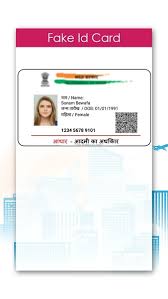 scannable Fake Virginia DL
scannable Fake Virginia DL
 scannable Fake Utah DL
scannable Fake Utah DL
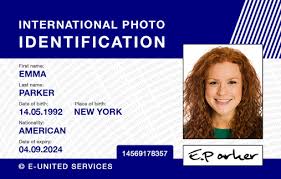 scannable Fake South Carolina
scannable Fake South Carolina
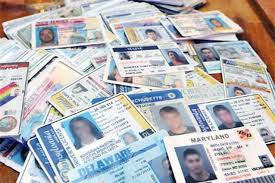 scannable Fake Missouri DL
scannable Fake Missouri DL
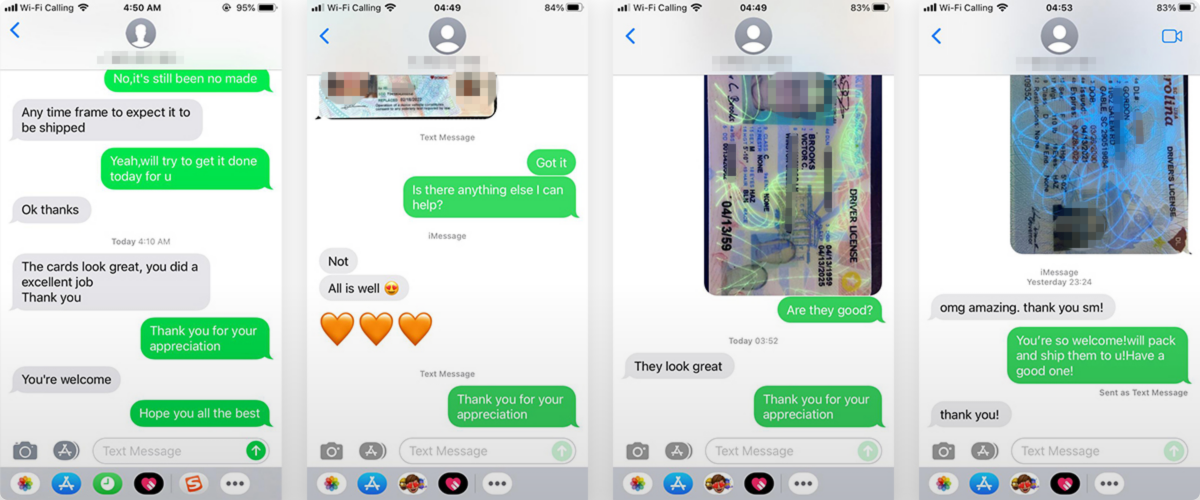 scannable Fake RhodeIsland DL
scannable Fake RhodeIsland DL
 scannable Fake Ohio DL
scannable Fake Ohio DL
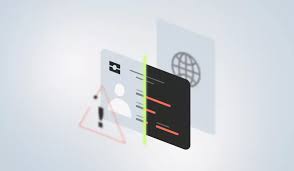 scannable Fake New York DL
scannable Fake New York DL
 scannable Fake Pennsylvania DL
scannable Fake Pennsylvania DL
